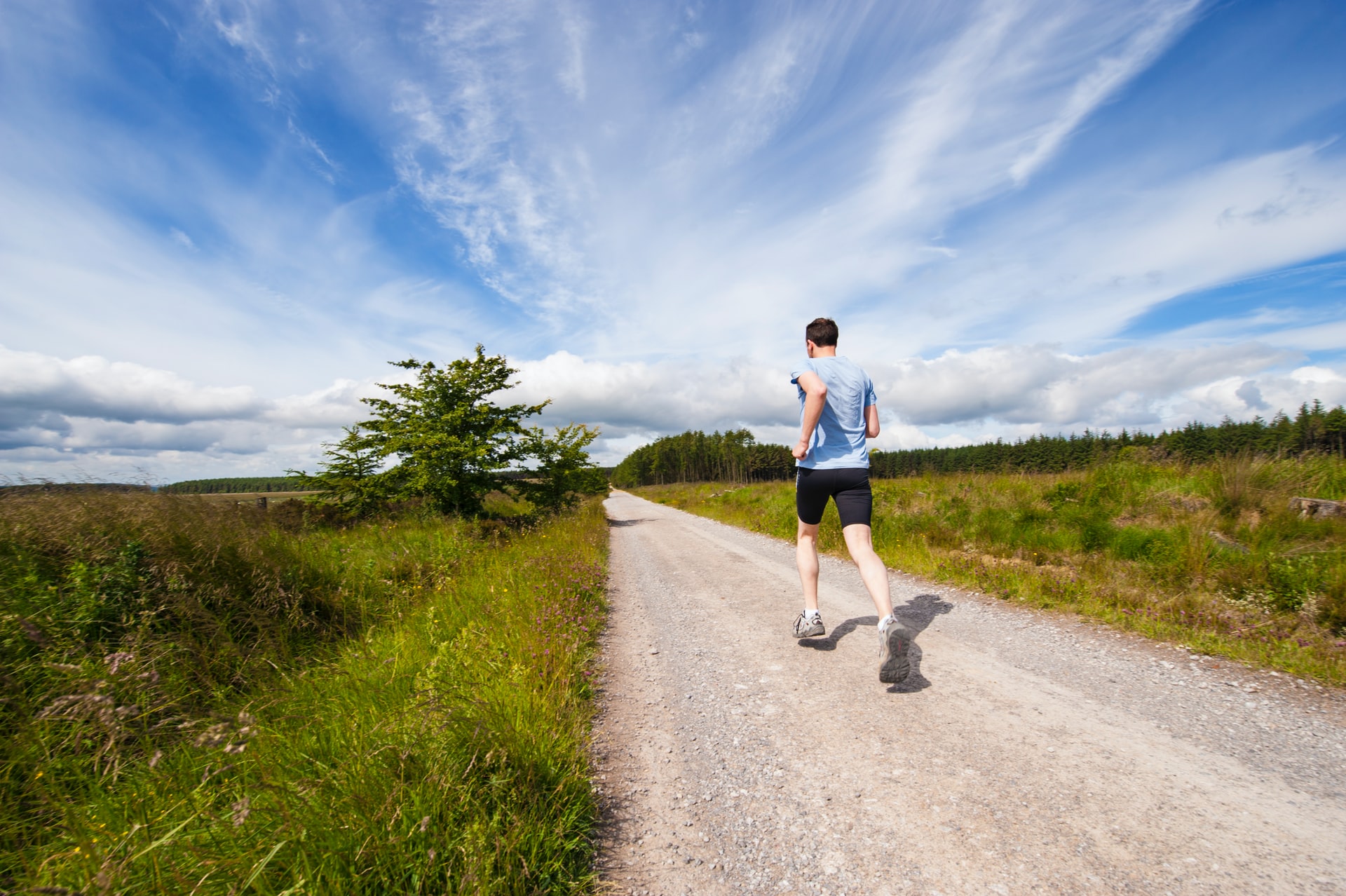
Contents
There is no one definitive answer to this question, as the best way of tackling hills will vary depending on the specific situation. However, there are some general tips that can help you overcome hills while running.
First, it is important to keep your body relaxed while running up a hill. Tensing up will only make the climb more difficult. If you can, try to focus on your breathing and maintain a steady rhythm.
Second, make use of gravity by leaning forward slightly with your upper body as you run. This will help you maintain your momentum and make it easier to keep moving forward.
Finally, don’t be afraid to slow down your pace if necessary. It is better to run slowly and steadily up a hill than it is to try to go too fast and end up running out of steam halfway up.
Keep these tips in mind the next time you tackle a hill during your run, and you’ll be sure to conquer it in no time!
Hill climbing, what exactly is the purpose?

There are a few different purposes for hill climbing while running. For some, it may simply be a way to add variety to their run. Others may use hill climbing as a way to challenge themselves and push their limits.
And for others still, hill climbing may be a necessary part of their training, whether they are preparing for a race that includes hilly terrain or they are simply trying to build up their endurance.
Whichever the reason, hill climbing can be a great addition to any runner’s repertoire. And with a little practice, it can be a great addition to your weekly sessions!
Steep climb benefits
There are a few benefits to running up steep hills. The first, and most obvious, is that it strengthens your legs and helps you build up muscle endurance.
Additionally, hill climbing can help improve your breathing and stamina, as it is a more difficult workout than flat running. Finally, hill climbing can also help increase your speed, as you will be able to cover more ground in a shorter amount of time.
All of these benefits make hill climbing an excellent way to improve your running performance. So the next time you head out for a run, be sure to find a steep hill and give it a try!
Climbing hills can be fun
While it may not seem like it at first, hill climbing can actually be quite enjoyable once you get the hang of it. The sense of satisfaction that comes with conquering a difficult hill is unmatched.
Additionally, running in hilly terrain can be a great way to explore new areas and take in some beautiful scenery.
So next time you’re feeling discouraged about a hill, remember that it can actually be a fun and rewarding challenge. And who knows, you may even find yourself looking forward to running hills once you start to see the benefits!
Steep hill events
There are a few races out there that feature steep hills as a part of the course.
The Spartan Race, for example, includes several hills in its obstacle course. And the Tough Mudder includes several uphill sections that can really challenge runners.
If you’re looking to add a little extra challenge to your running routine, consider signing up for a race that includes hills. You may be surprised at how much you enjoy it!
Whether you’re running for fun or training for a race, hill climbing can be a great way to improve your performance.
Keep these tips in mind the next time you tackle a hill, by adding a few hills to your next run, and you’ll reap the benefits in no time!
Happy running!



FAQs
How does running up hills compare to using a road bike?
There is no definitive answer, as the two activities use different muscle groups. However, hill climbing on a road bike can help improve your cycling performance overall.
As you hill climb the rear wheel will start to come off the ground a bit. You want to keep your weight balanced so you don’t fall over.
You also want to use your gears wisely so you don’t overexert yourself and have to stop before reaching the top.
Make sure you keep an eye on your pedal stroke and look to change from the same gear selecting the easier gear as you go. Choosing the wrong gear will be immediately apparent.
Lighter riders generally have an easier time climbing hills on a road bike than heavier riders.
How difficult is it cycling uphill?
The difficulty of riding a road bike up hills depends on a few factors, such as the grade of the hill, your weight, and your cycling experience.
Bikes with fewer gears may also be more difficult to ride up hills and require big effort.
A lower gear option will make it easier to pedal uphill, while a higher gear will make it harder.
Generally speaking, cycling uphill is more difficult than cycling on flat ground. However, with practice and the right gear, it can be conquered by anyone!
If you are a beginner, start with smaller hills and work your way up to sharp climbs and a long ride over time.
And be sure to practice on a variety of hill grades so you can learn how to effectively use your gears.
With a little practice, anyone can learn to enjoy cycling uphill! Just remember to take it slow and steady, and to use the appropriate gears.
Be sure to put these running and also cycling tips into practice the next time you head out for a run/ride, and you’ll be amazed at how much easier hill climbing becomes
How to build up to a long ride
Building up to a long ride can be a daunting task, but with a little patience and planning, you can do it! Here are a few tips to help you get started:
Start by gradually increasing your distance. If you’re currently averaging 10 miles per ride, add one or two miles each time until you reach 20 miles.
Then, start adding time to your rides. If you can ride 20 miles in two hours, aim to ride for two and a half hours next time.
Once you’re able to comfortably complete a long ride, you can begin to focus on increasing your speed.
Remember to take rest days in between rides, and to listen to your body.
So there you have it – everything you need to know about running/cycling up hills!